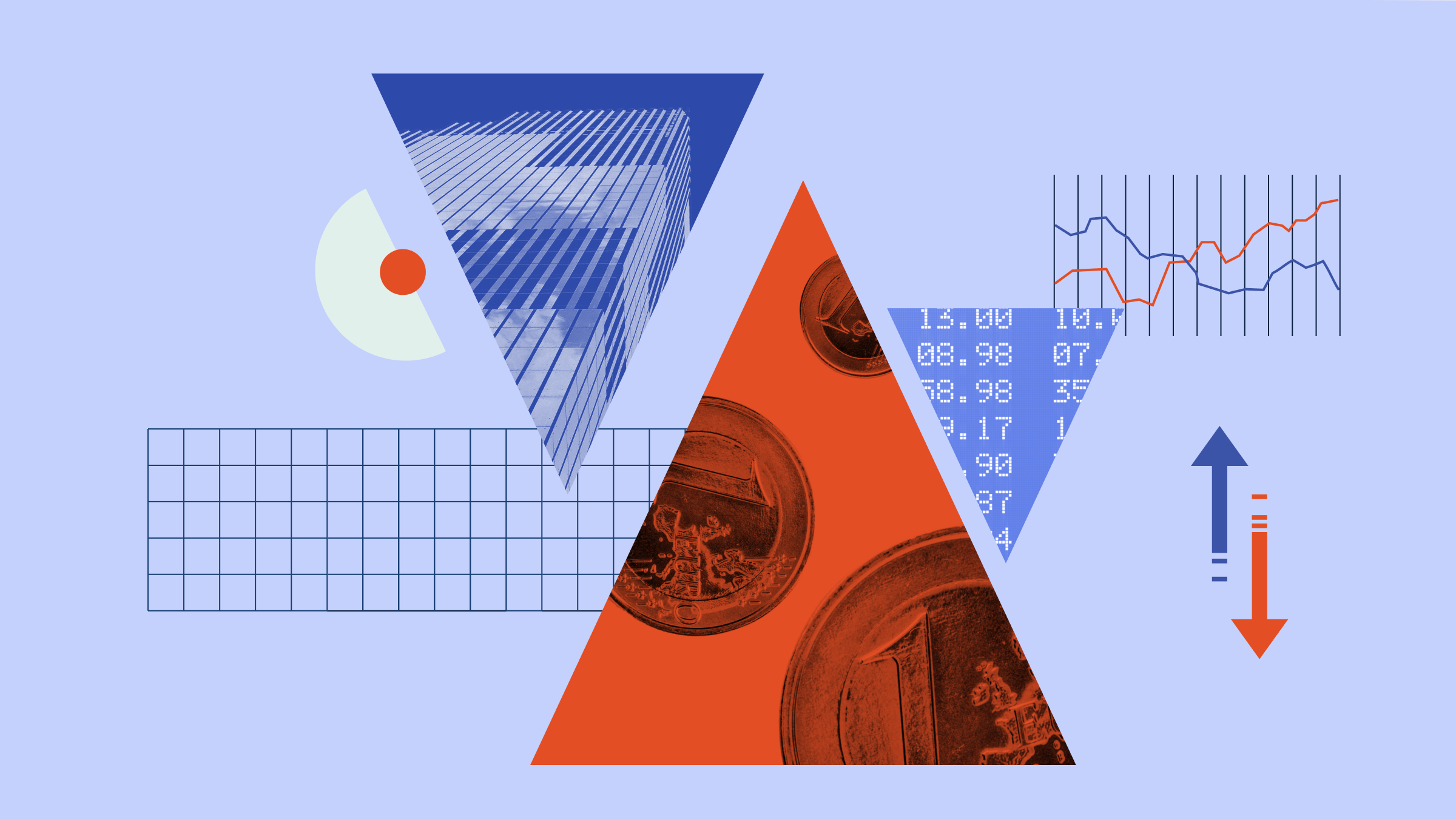This video is part of a series that aims to explain the bond market to beginners.
Host: Alanna Petroff, financial journalist, Morningstar.co.uk
Guest: Gareth Isaac, senior portfolio manager, fixed income, Schroders
Bond Basics - Part 1
Isaac explains how bonds work and who would want to buy bonds.
Bond Basics - Part 2
Isaac explains the risks associated with investing in fixed income.
Bond Basics – Part 3
Isaac explains bond pricing.
Video Transcript:
Alanna Petroff: Welcome to the third instalment of Bond Basics. I am joined by Gareth Isaac, a fund manager at Schroders to discuss bond pricing. Okay, Gareth, how does bond pricing work? It sounds quite complicated.
Gareth Isaac: Okay. It's not that complicated. So let me explain with a simple example. It's all to do with the interest rates available in the market. So say for example, you were to buy a bond at new issue. So the coupon on this bond for example -- say BP were issuing it -- so there is a 5% coupon on this bond and the interest rates available in the market are 5% for the same maturity bond. So that would be priced at 100.
Petroff: Okay.
Isaac: So, then the flowing month for example, say interest rates rose from 5% to 6%. Well, the bond that you're holding is only giving you 5% a year, whereas the new bonds available in the market are giving you 6%. So obviously your bond isn't quite as good as what's available, so the price of it would fall.
Petroff: I am feeling ripped off right now. Okay, because people would be less interested in buying my bond that yields 5% interest, they'd much rather get new bonds out there that are issuing 6% at this point.
Isaac: Sure. Exactly, that's how it works. In terms of the pricing fall, the price in the bond price will fall to reflect that difference between the two new interest rates.
Petroff: Okay. What if interest rates go down?
Isaac: In much the same way. So your coupon is 5%, and that's your level of interest of interest every period. If the prevailing rate in the market falls to 4%, then obviously yours looks more attractive. So, the value of your bond will probably increase.
Petroff: But now you could always just not sell your bond at all or you could just keep it until maturity and make that 5% and be happy with it because interest rates are fluctuating quite a bit.
Isaac: Absolutely. If you are an investor with a bond, and it's a buy-to-hold, then you have surety of what your return is. If you're trying to sell into the secondary market, well, the price of that particular bond moves around depending on where interest rates are on any one particular day.
Petroff: How do rating agencies play into things here?
Isaac: Okay, in terms of the drivers of bond prices, you have interest rates that government set, but also you have the credit spread that you get between government bonds and in corporate bonds as well. So, with government bonds, it's much to do with the interest rates. With corporate bonds, it's the interest rates plus what's happening to your particular company and your particular industry. What the rating agencies do, they look at the books of many of these companies and they rate them depending on their credit worthiness.
So, for example if you had a company that was an investment grade which means that it has more surety that you'll get your money paid back…
Petroff: It's a solid company that's going to be repaying its debts and everything's good.
Isaac: Yes, I mean the rating agencies provide guidance in terms of AAA down to D which is in default. So, they range these particular companies on their credit worthiness and it sort of a scale. So a AAA would probably be more likely to pay you back your redemption than a BB for example, but that's reflected in the yield that you receive.
Petroff: That affects the actual prices of the bonds as well in terms of whether you have AAA or whether you have a BB let say.
Isaac: I mean the absolute yield in terms for AAA will be a lot lower than it is for BB, but that just reflects the required rate of return you want for taking the extra risk. If it's a BB company, which is a high yield company, it's probably going to be a smaller company with a shorter financial track record and the risks that they don’t pay back are higher. So, as an investor you'd want a higher rate of return to compensate for that. Whereas if it's a government bond for the UK government, for example, which is currently AAA then you have more surety that you will be receiving your money back. So, your required rate of return is less.
Petroff: Okay, sounds good. That was Gareth Isaac from Schroders and I’m Alanna Petroff. Thanks for watching on Morningstar.co.uk.
This video was originally published on Morningstar.co.uk in May 2012.




























